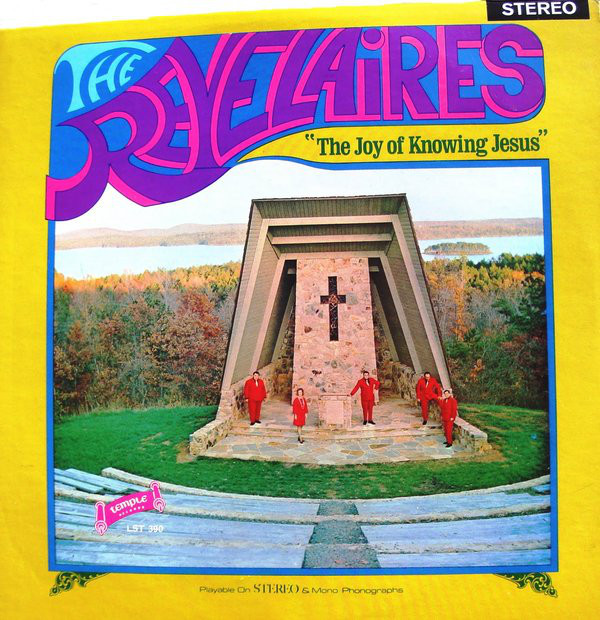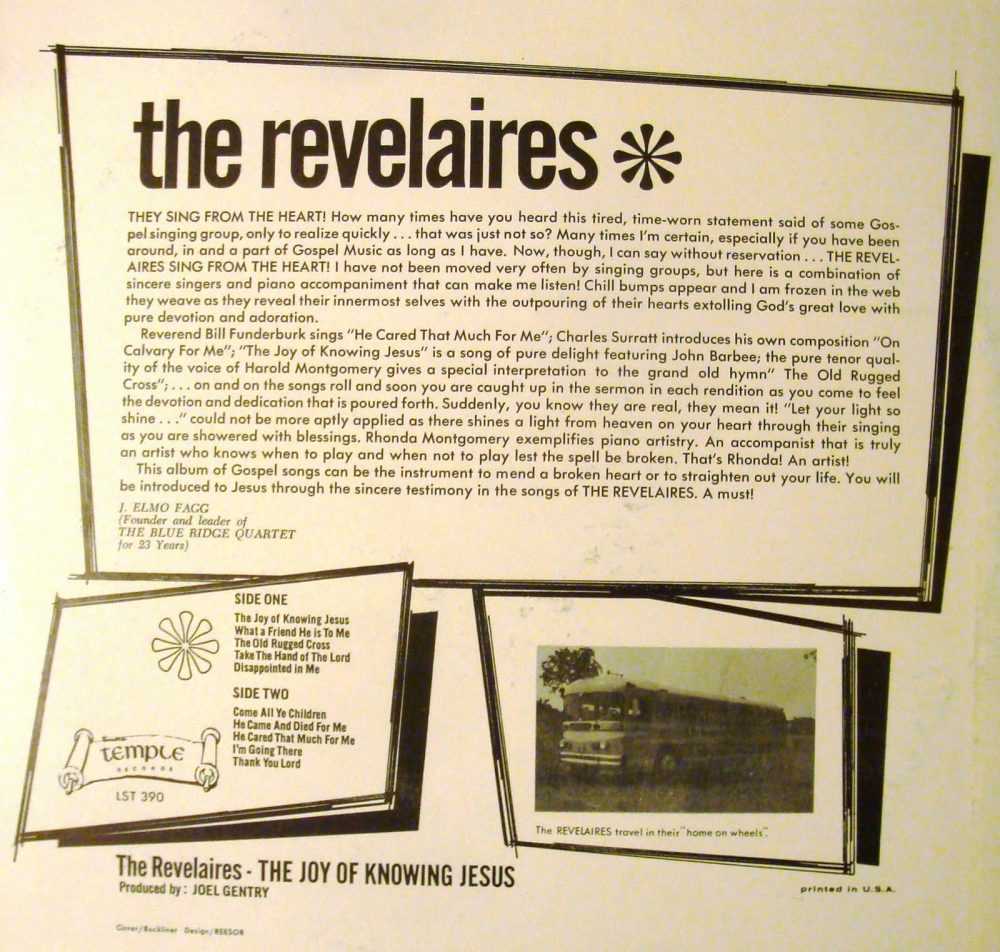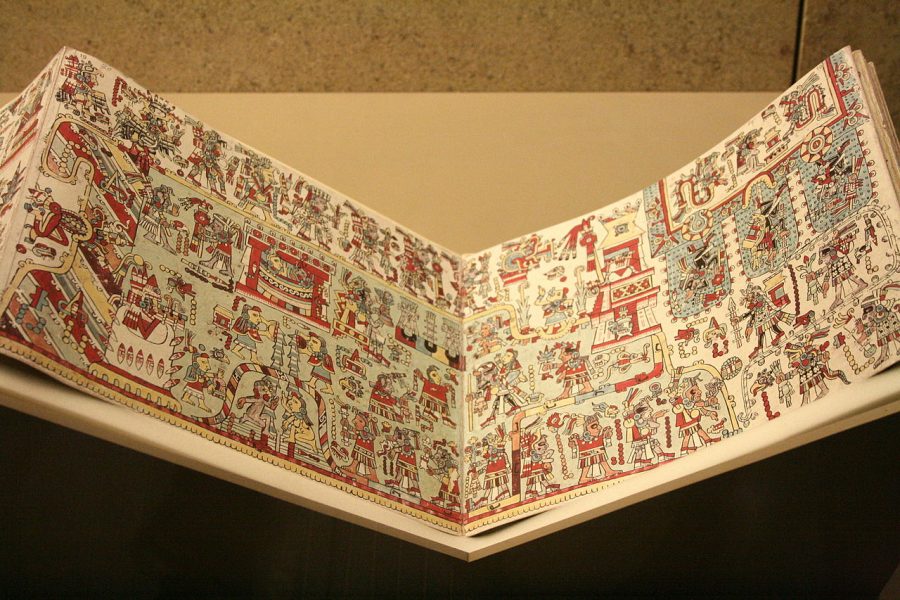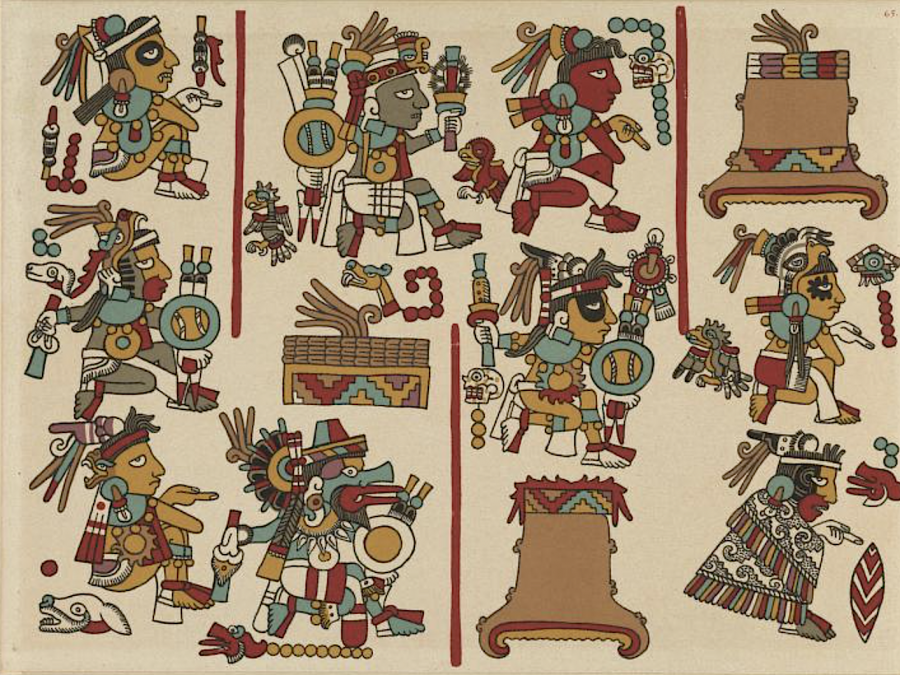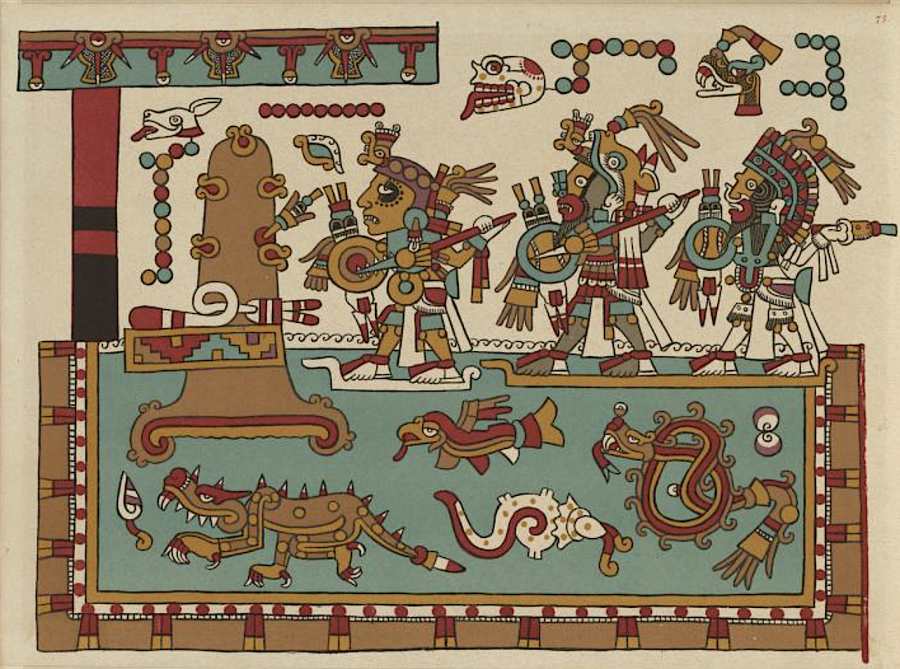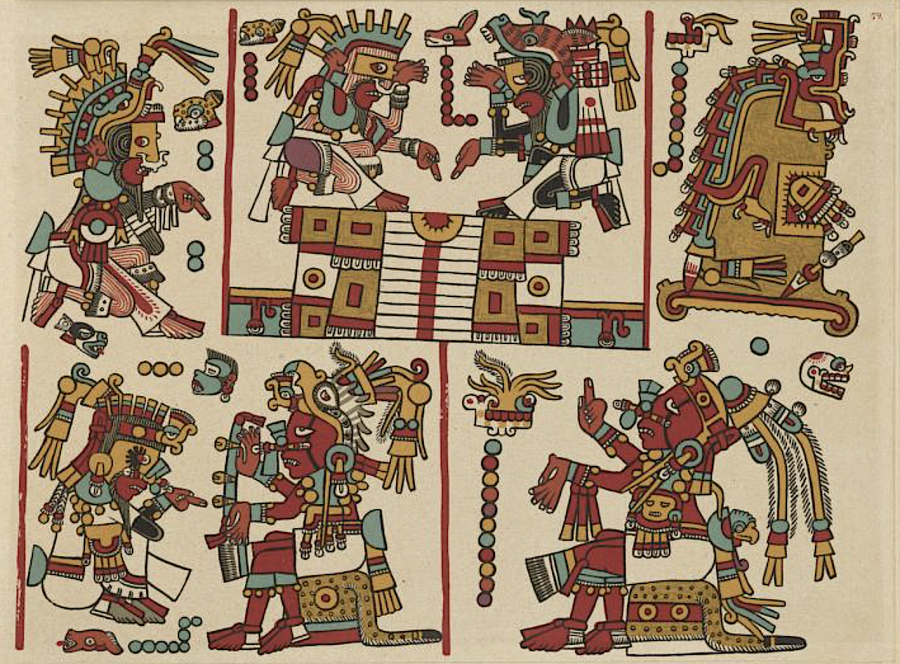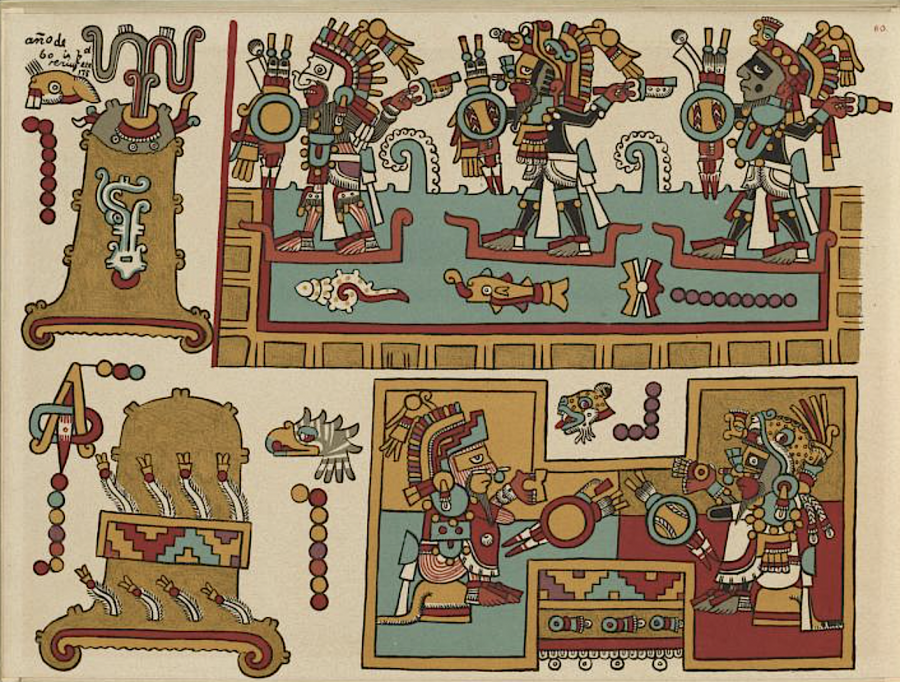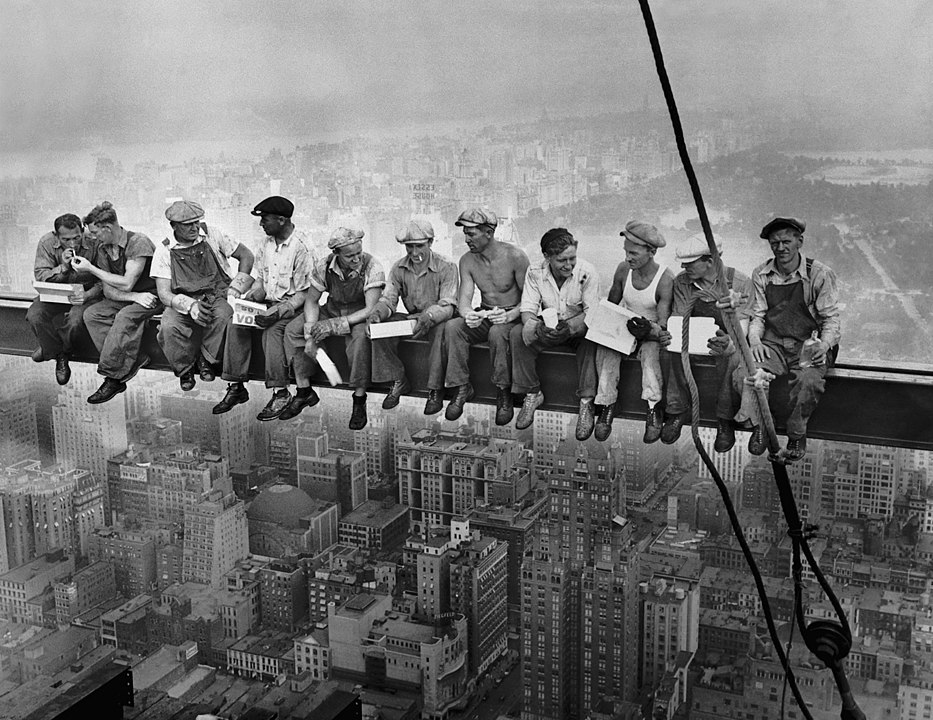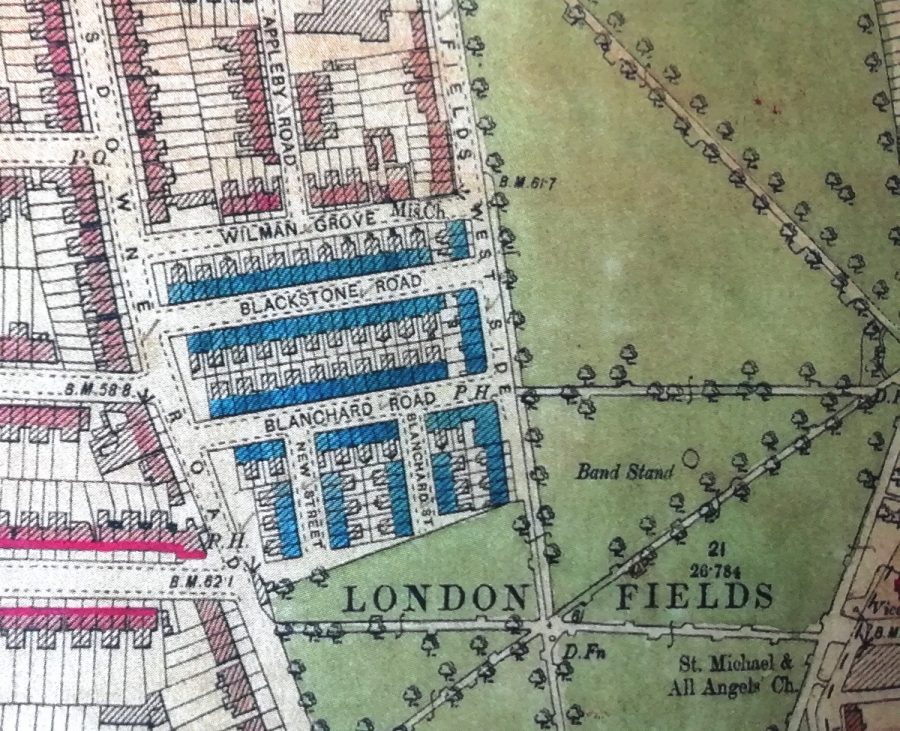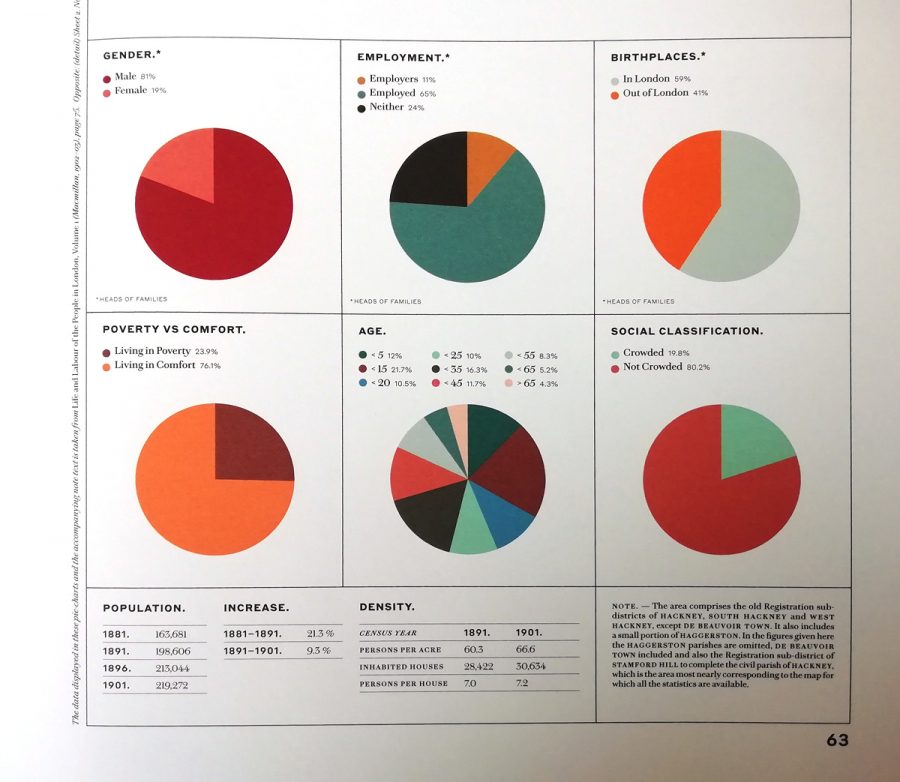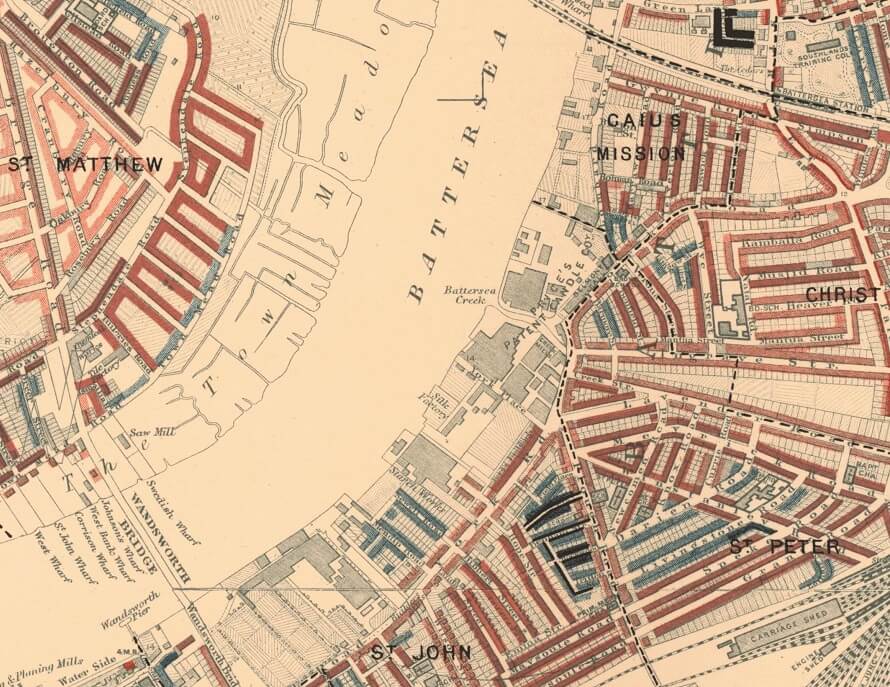When we imagine Charlie Chaplin, we imagine a man somehow existing in black-and-white. The obvious reason is that he became not just a movie star but a cultural icon in the 1910s and 20s, the era before sound came to the movies, let alone color. But to attain such success required skills tailored to the state of the medium at the time: that of making people laugh without saying a word, of course, but also of crafting an image instantly recognizable in monochrome. Thus we don’t always feel we’re seeing the “real” Charlie Chaplin in technically more realistic color photographs, or even colorized ones. But what would it feel like to watch one of his classic comedies in color?
You can find out by watching the colorized version of A Night in the Show above. Originally released in 1915, the 25-minute short was directed by and stars Chaplin, who plays the dual role of characters called Mr. Pest and Mr. Rowdy. Both attend the same music-hall performance, and though Mr. Pest is of the upper crust and Mr. Rowdy is a working man, both get equally inebriated, their disparate social classes producing different styles of mischief-making.
The English-born Chaplin had previously developed these characters on stage, having played the music-hall circuit himself since adolescence. Safe to say that, by the time Hollywood came calling, he’d seen far worse than Pest and Rowdy himself.
The quality of this colorization will perhaps not win the controversial process any new converts, but it does give us a sense of what an evening at an English music hall of the late 19th and early 20th century would actually have looked like, a valuable re-creation now that none of us have memories of this once-common experience. We can more easily imagine the kind of spectacles such establishments would have offered, including but not limited to snake-charming and bursts of fire, as well as its ramshackle exaggerations that Chaplin so energetically satirizes. We could also consider this his valediction to that environment: the previous year’s-introduced the Tramp, who would go on to become his most beloved character of all, ensured that he would soon be able to put the music hall behind him forever.
Related Content:
60+ Free Charlie Chaplin Films Online
Colorized Photos Bring Walt Whitman, Charlie Chaplin, Helen Keller & Mark Twain Back to Life
Charlie Chaplin Films a Scene Inside a Lion’s Cage in 200 Takes
Charlie Chaplin Does Cocaine and Saves the Day in Modern Times (1936)
Based in Seoul, Colin Marshall writes and broadcasts on cities, language, and culture. His projects include the Substack newsletter Books on Cities, the book The Stateless City: a Walk through 21st-Century Los Angeles and the video series The City in Cinema. Follow him on Twitter at @colinmarshall, on Facebook, or on Instagram.

